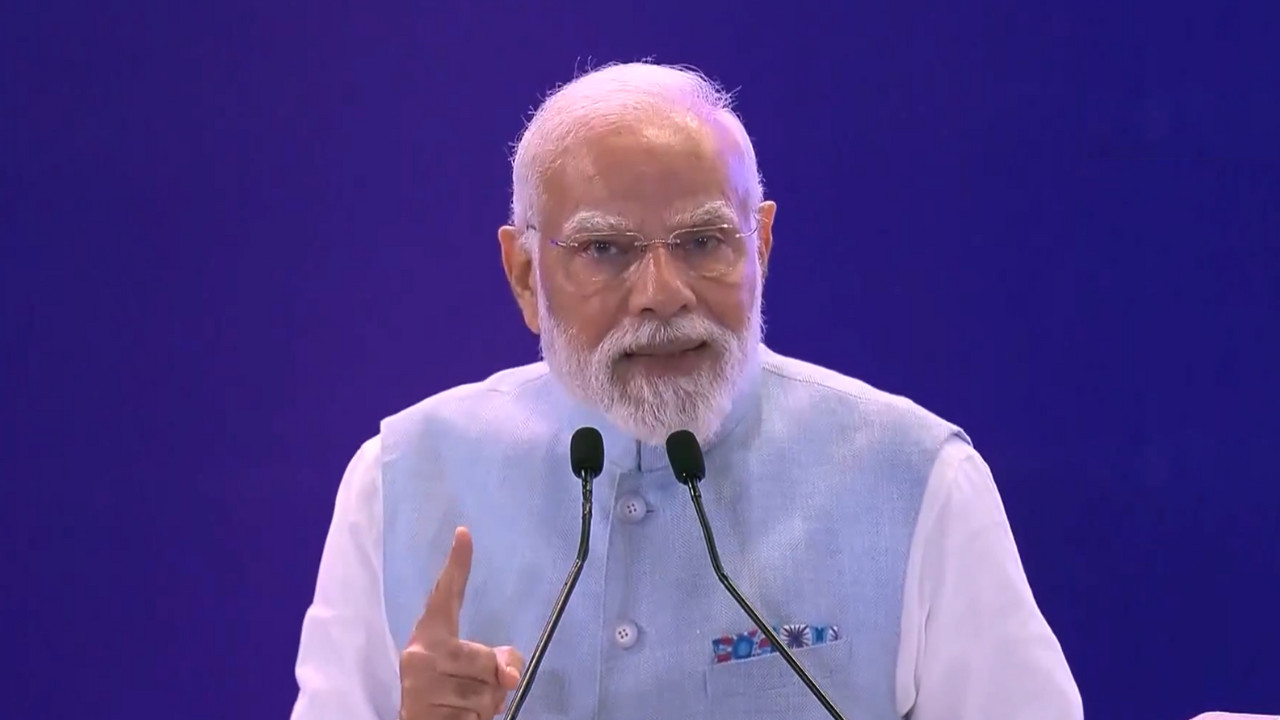China is now using American trade tactics. Beijing requires foreign firms to get government approval to export magnets with Chinese rare earth materials. This move mirrors a US policy used to restrict China’s access to technology. China is learning from past trade wars and has created its own ‘unreliable entity list’ and anti-sanction laws.
The Trade Winds Turn: Has China Outmaneuvered the US at Its Own Game?
For decades, the United States held the economic high ground, dictating the rules of global trade with a confidence born of unparalleled power. The narrative was simple: America innovates, America prospers, and the world benefits (mostly on American terms). But the story is shifting. China, once seen as a manufacturing hub content to play by Washington’s rules, is now rewriting the playbook, and some analysts believe they’re using tactics straight from the US’s own economic strategy guide.
Is this a case of “game recognizes game,” or something more profound? It appears China is using a page out of America’s playbook.
From Student to Strategist: China’s Economic Evolution
Let’s be clear, China’s economic ascent isn’t some overnight miracle. It’s been a carefully orchestrated climb, fueled by strategic investments, a relentless focus on infrastructure, and, yes, a willingness to learn from the best – including the United States. For years, China absorbed Western business practices, technological advancements, and trade strategies. They studied the landscape, identified opportunities, and began building their own economic fortress.

This involved more than just copying blueprints. It required adapting them, innovating upon them, and ultimately, using them to challenge the very power that inspired them. We’re talking about more than just manufacturing prowess. We’re witnessing a strategic reshaping of the global economic order.
The Art of Counter-Punching: How China is Responding to US Pressure
Recently, we’ve seen increased trade tensions between the US and China. Tariffs have become bargaining chips, and accusations of unfair trade practices fly across the Pacific. But how has China responded? Not by meekly accepting the pressure, but by employing a counter-strategy that mirrors, and sometimes surpasses, the US approach.
Think about it. The US has long used its economic clout to impose sanctions, restrict access to markets, and influence global policy. China is now wielding similar tools, albeit often with a distinct “Chinese characteristic.” They’re investing heavily in alternative trade routes, forging new alliances, and promoting the use of their own currency, the Yuan, in international transactions.
Consider China’s Belt and Road Initiative, a massive infrastructure project spanning continents. While some criticize it as a debt trap, it’s undeniably a bold attempt to reshape global trade routes and establish China as a central player in the world economy. It’s this comprehensive approach that has caught the attention of those closely watching how China approaches global trade.
A New World Order? The Implications of China’s Rise
The big question looming over all of this is: what does it mean for the future? Is the world heading towards a new economic order, one where China and the US compete for dominance? Is a more multipolar economic landscape emerging?
It’s crucial to remember that this isn’t a zero-sum game. Competition can drive innovation and benefit consumers worldwide. However, it also necessitates a shift in mindset. The US needs to recognize that China is no longer just a follower. It’s a powerful player with its own agenda, and a sophisticated understanding of economic strategy. This includes the China trade strategy moving forward.
Instead of trying to simply contain China’s rise, the US might need to focus on strengthening its own competitive advantages, investing in innovation, and building stronger alliances with like-minded nations. A more nuanced approach, one that acknowledges China’s strengths while addressing legitimate concerns, is essential. Consider the long term implications for the global economy.
Ultimately, the future of global trade will depend on how these two economic giants navigate their complex relationship. Will they find a way to cooperate and coexist, or will they continue down a path of escalating competition? The answer to that question will shape the world for decades to come. Explore more about international markets and how they influence trade to further contextualize this discussion.
Navigating the New Reality: Adapt or Fall Behind
The rise of China and its adoption of sophisticated economic strategies is not just a business story, it’s a call to action. For businesses, it means adapting to a more competitive global landscape. For policymakers, it demands a reassessment of trade policies and a willingness to engage with China on a level playing field. And for everyone, it requires a deeper understanding of the forces shaping the world economy.







